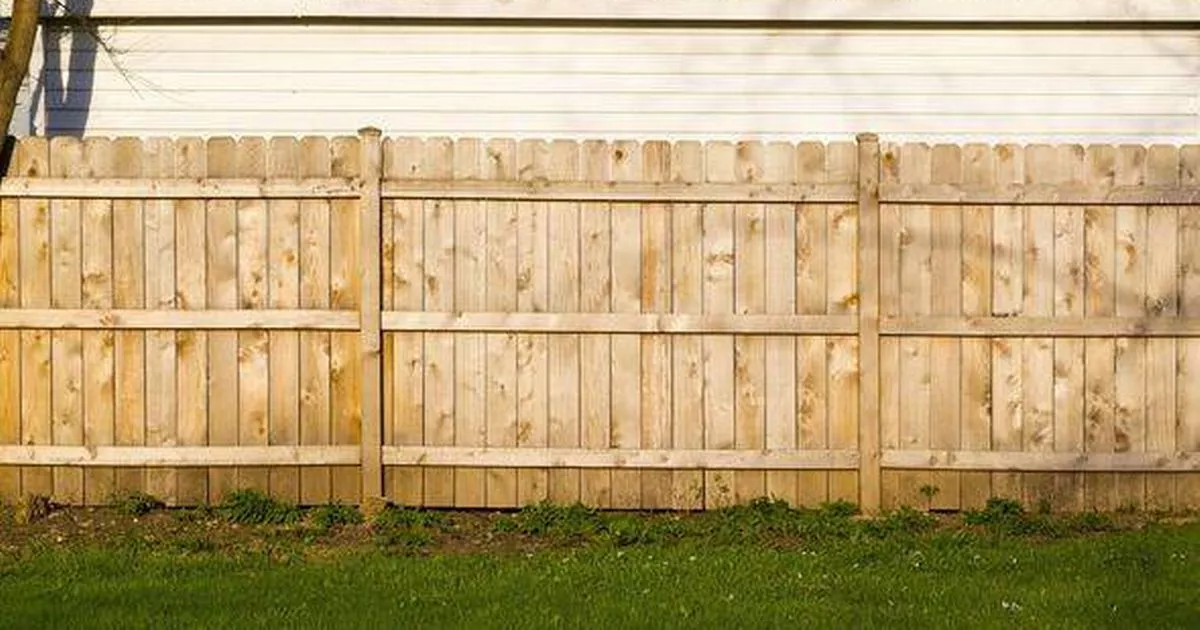By Alex Evans,Shauna Bannon Ward
Copyright rsvplive

Gardeners are being encouraged to drill or cut holes in the bottom of their fences this autumn to assist a beloved garden visitor that has become seriously threatened.
The species has suffered greatly due to environmental changes alongside modern gardening, household and lifestyle choices regarding how we operate and maintain our homes and gardens.
However, gardeners ought to be doing all they can to entice these spiky visitors into their gardens this summer – as hedgehogs are actually brilliant pest controllers.
Hedgehogs, whilst being adorably charming, excel at devouring the various pests that gardeners continuously struggle to control and keep away from treasured fruit and vegetable crops or flower borders, reports the Express.
During September and October, hedgehogs are busily preparing for hibernation, following the breeding season in June and July, although hedgehogs frequently produce a second litter of hoglets in August and September.
Website Spike’s Hedgehog Food explains: “While June and July are the typical birthing season for hoglets, after the mating season in early summer, hedgehogs often have a second litter of hoglets in August and September.
“This time of the year is crucial for hedgehogs, as they need to build up fat stores ahead of hibernation in October or November.
“However, with less food and water available due to urban sprawl and the use of pesticides killing insect populations – which are their main food source – many aren’t able to build up the reserves they need to make it through winter.”
They emphasise that creating a small opening beneath your garden fence is the most crucial action you can take to assist hedgehogs.
They explained: “Leave a small gap in your garden fence to allow them to get in and out easily.
“You could even chat with your neighbours and encourage them to do the same. This creates a safe Hedgehog Highway through your gardens, which is crucial to their mating rituals and feeding habits.”
The RSPCA explains that hedgehogs are constantly travelling, but they require assistance to access and exit gardens.
They noted: “Hedgehogs are one of Britain’s most recognisable and well-loved wild animals. Hedgehogs are a gardener’s friend, as they eat beetles, caterpillars, worms and other invertebrates.
“Did you know as many as 10 different hedgehogs may visit a garden over several nights? This could mean ‘your hedgehog’ is actually a number of different ones visiting at different times. The European hedgehog is one of around 16 different species found throughout the world. They are also the species that are most often admitted to our specialist wildlife rehabilitation centres.
“Hedgehogs can travel around a mile every night, so they may need help to get into and out of your garden. Try cutting holes in fences, removing bricks from walls, or digging tunnels under the garden boundary. Hedgehogs can travel through gaps as small as 13x13cm, so these gaps don’t need to be large.
“Replacing garden fencing for native hedgerows provides access through your garden for hedgehogs. Hedgerows also provide shelter for other wildlife too. Remember to check with your neighbour before making a highway.”
Unfortunately, hedgehog populations have declined dramatically in recent years, with one suggested explanation for this drop being the installation of solid, impenetrable barriers and fencing around properties.
According to wildlife retailer NHBS: “Research suggests that this is partly because it is becoming harder for hedgehogs to move freely due to an increase in the number of solid walls and fences being erected around gardens.
“This reduces the available foraging area and so restricts the amount of food that they can eat as well as reducing the possibility of meeting a mate. Creating a hole in a garden wall or fence will allow your local hedgehogs to pass through from garden to garden safely.”
This can be achieved in a simple manner by cutting a small, approximately hedgehog-sized opening in the base of your fencing, or alternatively you could lift the entire panel by several inches to allow a hedgehog to slip beneath (whilst ensuring the gap isn’t large enough for a person to crawl through). Alternatively, simply trim a few inches of wood from the bottom of your fence to allow hedgehogs to slip under.
You might worry this could invite more cats into your garden, but they can easily leap over even six-foot fences, so it won’t increase feline intruders.
NHBS advises: “A hole measuring 13cm by 13cm is the right size for a hedgehog to pass through but too small for most pets. Once you have made your hole in the fence or wall, you can fix the Eco Hedgehog Hole Plate to the fence, ensuring that the hole does not get blocked or stretched.
“The plate has six screw holes, three along each side, which can be used to fix the plate to your fence or wall. Additional holes can be made in the plastic if required.”